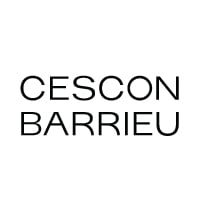

Executive legal director, Latin America | Saint-Gobain



Cláudia Tunger
Executive legal director, Latin America | Saint-Gobain
How do you approach managing legal aspects during periods of instability or crises, and how does your legal strategy align with the broader business strategy to ensure the organisation’s resilience?
First of all, it is necessary to be even more closer to the business operation, heart of the company, review the risk mapping and respective action plan. Also adopting a regulatory and markets moves monitoring system will contribute to enhance the area´s ability to be proactive and react when needed be.
This procedure ensure that legal and compliance will be truly connected with the company´s core and the risk mapping review will allow an adaptable action plan according to the level of risk criticality and new risks identified during the instability periods or crises.
What are the major cases or transactions you have been involved in recently?
Main LATAM M&A projects, especially the last one related to Cemix Group acquisition in Mexico, Central America and USA. Cemix is a leading player and well-known brand in tile adhesives, façade coatings, waterproofing and surface preparations, with a high complementarity with Saint-Gobain’s geographic footprint and product portfolio. An $815m transaction. Overall Saint Gobain’s expansion in Latin America with more than 18 projects in the last eight years.
Digital projects involving the legal and compliance areas, including processes of automatisation. I highlight a full-service legal portal, legal operations implementation, compliance chatbot, decisions based on data analysis/jurimetrics (statistic models), litigation insurance and legal payments automatization, teams’ reorganisation adapted to company’s strategy.
What measures has your company taken to embed sustainability practices into its core business operations, and how does the role of the general counsel contribute to driving and ensuring sustainable practices within the company?
Saint-Gobain has been a member of the United Nations Global Compact since 2003, encouraging its partners and, mainly, its suppliers, to commit to the ten principles of the Global Compact. Likewise, the group pays special attention to the UN Sustainable Development Goals (SDGs), to advance the assessment of the real impacts that companies can have when working towards a fairer and more sustainable world.
Saint-Gobain’s commitment to sustainability practices into its core business operation are present in several initiatives such as aiming carbon neutrality by 2050, targeting a 33% reduction in carbon emissions by 2030, reducing landfill waste by 80% and water withdrawal by 50% by 2030, and achieving an annual investment of €100m in research in sustainable products development. In addition, the Group is increasingly focussed on light construction solutions, a critical area given that 38% of global emissions originate from the construction sector. In Latin America, Saint-Gobain is also expanding its efforts in alternative energy solutions. As a result of these efforts, sustainable solutions now account for 72% of the Group’s global sales.
What emerging technologies do you see as having the most significant impact on the legal profession in the near future, and how do you stay updated on these developments?
The Covid-19 pandemic has acted as a catalyst and has forced legal professionals to adopt digital tools in order to gain more efficiency. Not only a trend but already a reality, among the most relevant technologies for law, artificial intelligence, blockchain, big data, Internet of things (IoT) and augmented reality can be mentioned. Artificial intelligence, for example, has been applied in predictive case analysis, automatic contract review, and even in the creation of chatbots to provide specific legal information. Blockchain, on the other hand, offers the potential to revolutionise records and contracts, providing transparency and security in legal transactions. Big data enables in-depth analysis of large data sets, helping to identify legal patterns and prevent litigation. As for IoT new possibilities can be found such as real-time monitoring devices and digital evidence. Furthermore, augmented reality can be used in virtual reconstructions of legal scenarios or events.
These changes impact everyday legal practices and the preparation and training of new legal professionals. Today, lawyers deal with smart contracts, data analytics, and cases involving emerging technologies. Therefore, professional training must include an in-depth understanding of these technologies and their legal implications. In this way, legal professionals learn to effectively deal with legal issues in a technologically advanced environment.
Technological evolution redefines the legal landscape, requiring adaptation and innovation. In order to stay updated on these developments, best practices are to be involved in legal tech hubs, connected to start ups, be part of legal tech communities, associations, and, of course, testing new solutions that fit local needs.